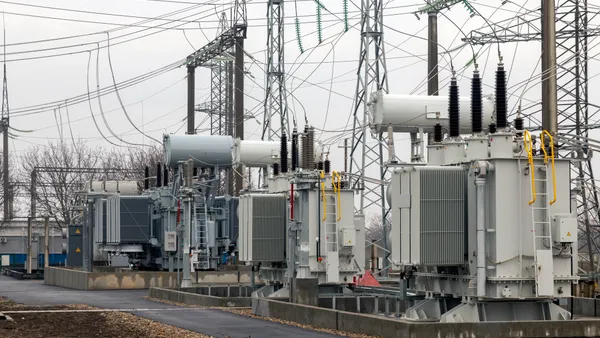Dive Brief:
- North Carolina’s rise from 1 MW of solar in 2007 to 953 MW at the end of 2014—the fourth highest installed solar capacity of any U.S. state—is attributable to five major factors, according to a new assessment from the Rocky Mountain Institute (RMI).
- North Carolina’s success come from (1) the state’s 12.5% by 2021 renewables mandate, (2) the state 35% investment tax credit (ITC) and the 30% federal ITC, (3) the PURPA-qualifying facilities' guaranteed contract term, (4) the precipitous drop in the installed cost of solar, and (5) strong buy-in from the state’s private sector.
- The RMI assessment names Duke Energy, Strata Solar, FLS Energy, SunEnergy1, Nerenco and O2 Energies as private companies that drove solar growth in North Carolina.
Dive Insight:
North Carolina’s solar growth is expected to continue. It will add almost 3,000 MW of capacity through 2023, according to Navigant Research. It has the second biggest U.S. utility scale solar capacity and ranks sixth in terms of MWhs generated.
A Duke University/RTI International study reported that for every state ITC dollar, $1.93 has been returned to state and local governments. The North Carolina solar industry attracted private investment of $3.5 billion into the state economy from 2007 to 2014, about 18 times what the state invested.
North Carolina has driven the installed cost of solar down faster than the national average, according to Lawrence Berkeley National Laboratory. Utility-scale solar PV dropped 40% from 2007 to 2013 nationally but 52% in North Carolina from 2006 to 2012. A 10 kW or larger system in North Carolina is now well below the national median cost. The key reasons are economies of scale and the PURPA-qualifying facility regulations that attracted investment.














